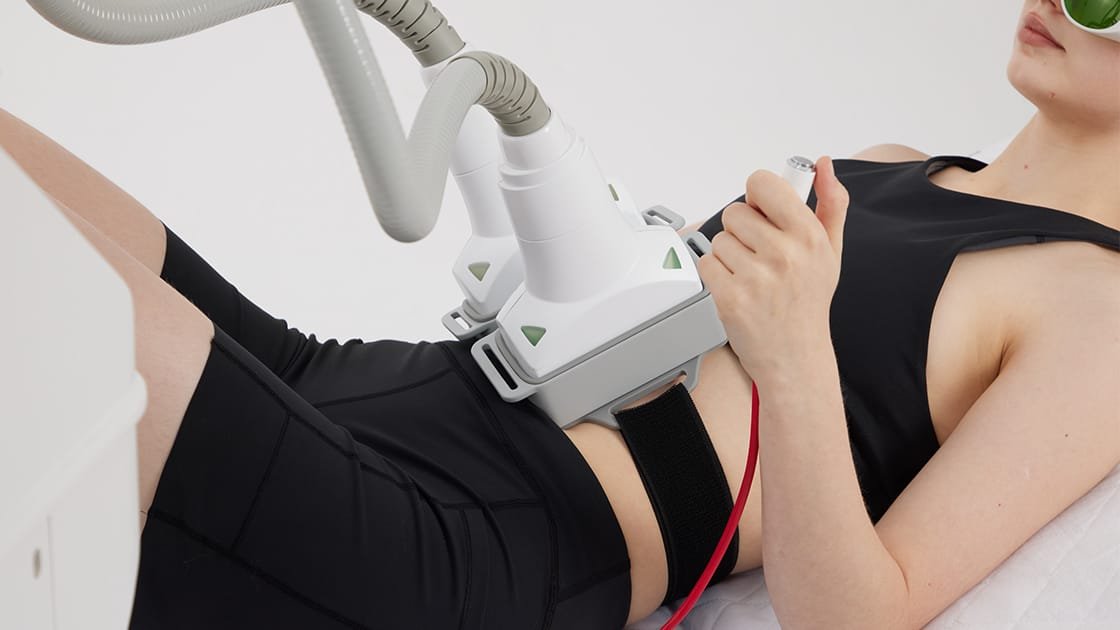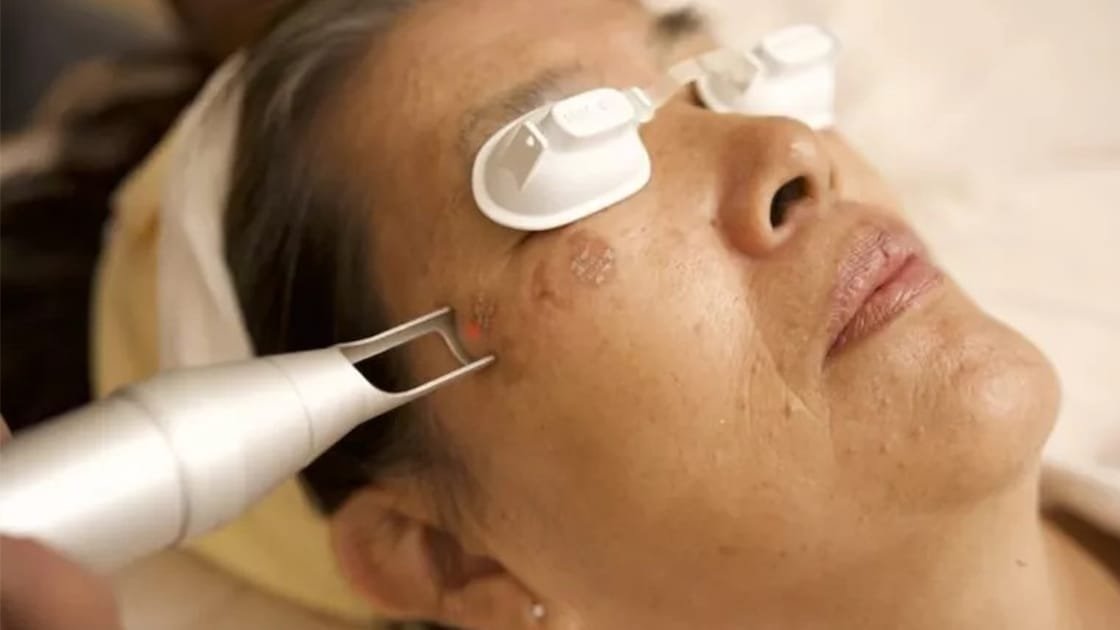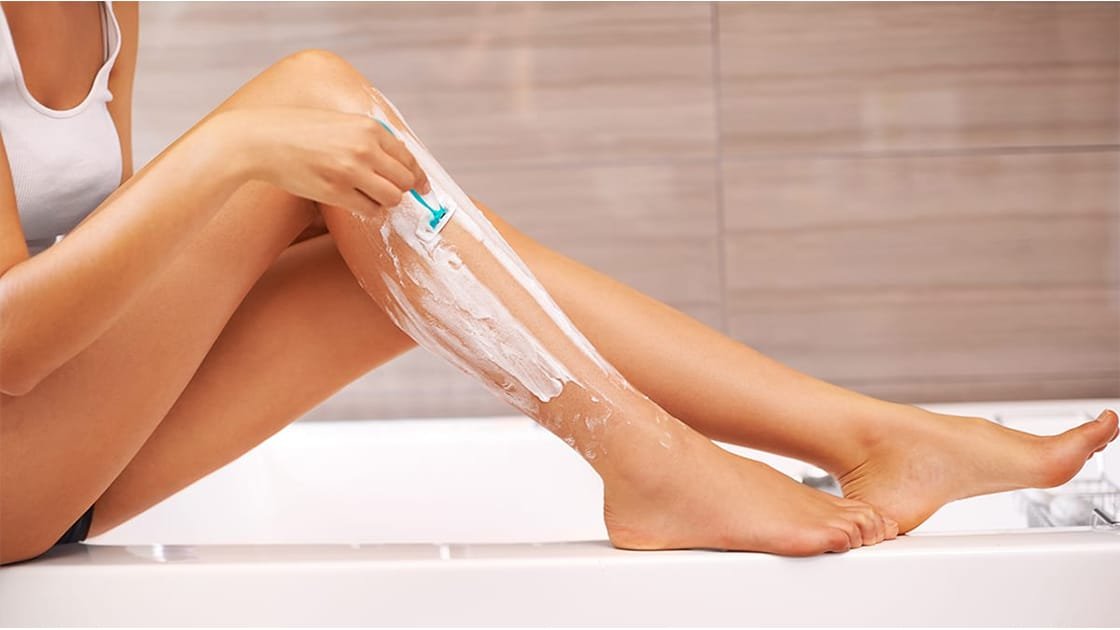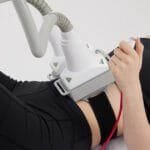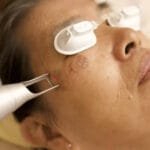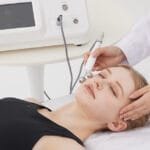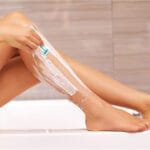Laser treatments have become increasingly popular for skin rejuvenation, hair removal, and various dermatological concerns. However, one common question many people ask after their procedure is, “Why is my skin red, and how can I reduce it?” Redness is a natural side effect of laser treatments, but with the right aftercare, you can reduce its duration and discomfort. Here’s everything you need to know about managing redness after laser treatment effectively.
Why Does My Skin Turn Red After Laser Treatment?
After a laser treatment, redness occurs because the laser energy heats the skin, causing blood vessels to dilate. This is a normal response as the body starts its healing process. Whether you’re undergoing laser hair removal, skin resurfacing, or other aesthetic treatments, this redness typically fades within a few hours to a few days, depending on the intensity of the treatment. The laser creates tiny controlled injuries to the skin, and the redness is simply the result of increased blood flow to the treated areas, signaling that your skin is working to repair itself.
The Importance of Post-Treatment Care
After undergoing laser skin treatment, proper aftercare is essential for promoting healing and minimizing redness. One of the most important steps in aftercare is keeping the skin hydrated. Using a gentle moisturizer helps to replenish moisture lost during the treatment, keeping the skin supple and soothing irritation. Opt for a moisturizer that is free of fragrances and alcohol, as these can irritate sensitive post-treatment skin.
In addition to moisturizing, using soothing calming ingredients like aloe vera and chamomile can accelerate healing. These ingredients have anti-inflammatory properties that calm redness and reduce irritation. Follow the aftercare instructions provided by your practitioner for optimal results, as they will be tailored to your specific skin type and the treatment you received.
Things to Avoid After Laser Skin Treatment
Certain actions should be avoided to ensure your skin heals properly and redness is minimized. Sun exposure is one of the most critical factors to avoid, as it can worsen redness and even cause hyperpigmentation. Always apply a high SPF sunscreen (SPF 30 or higher) when you need to go outside, and reapply it every few hours.
Avoid using harsh skincare products for at least a week after treatment. This includes exfoliants, alcohol-based toners, and products with retinoids or glycolic acid, which can irritate sensitive skin. Additionally, it’s important to avoid hot environments, such as saunas or hot showers, as heat can increase inflammation and prolong redness. Stick to lukewarm water for washing your face, and refrain from activities that cause excessive sweating.
Effective Methods to Soothe and Reduce Redness
In addition to following a careful aftercare routine, there are several effective methods to soothe redness and support the skin’s healing process. Aloe vera is one of the most popular remedies for this purpose. Its cooling properties help reduce inflammation and ease irritation. Applying a thin layer of pure aloe vera gel can provide relief and promote faster healing. If you don’t have access to fresh aloe, opt for high-quality, fragrance-free aloe gel from a pharmacy.
Another excellent option for calming redness is using creams with chamomile or calendula. These herbs are known for their anti-inflammatory and skin-healing properties. Look for products that are designed for sensitive skin, as they will be gentle and nourishing without causing additional irritation.
Finally, using a cold compress can be incredibly effective for reducing redness and swelling. A cold compress helps to constrict blood vessels and calm inflamed skin. Simply apply a clean, cool towel or ice pack wrapped in a cloth to the treated areas for about 10-15 minutes, a few times throughout the day. This simple technique can significantly speed up recovery and minimize visible redness.
When to Seek Professional Advice
While redness is typically short-lived. If your redness doesn’t begin to fade after a few days or if it becomes more intense, it might indicate a complication, such as an infection or allergic reaction. Severe blistering or persistent pain should also be addressed by a medical professional. Don’t hesitate to contact your provider if you feel something unusual is happening with your skin post-treatment. Overall, if you follow the right aftercare and avoid aggravating factors, redness after a laser treatment should subside quickly, leaving you with smoother, healthier-looking skin.
Redness after laser treatment is a temporary and normal side effect that can be managed with the right steps. By understanding the reasons behind the redness and following proper aftercare guidelines, you can speed up recovery and minimize discomfort. Remember, always protect your skin from the sun, use soothing products, and seek professional advice if necessary. With these measures in place, you’ll be able to enjoy the benefits of your laser treatment with minimal downtime and irritation.

